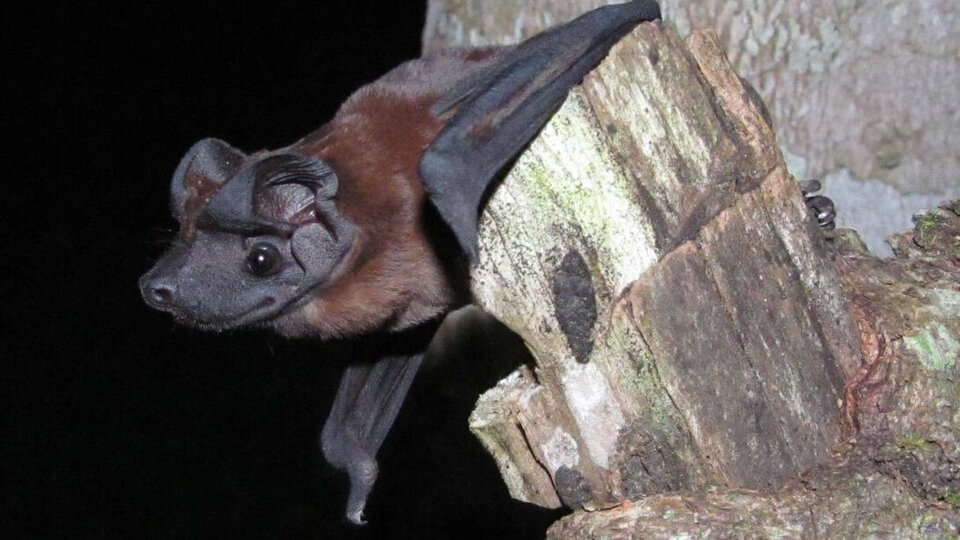Managing 13-lined ground squirrels requires understanding their behavior and implementing strategies to protect your property. These small, striped rodents are typically found in grasslands and open areas and can cause damage by digging burrows and feeding on garden plants.

Managing bats in a landscape involves creating an environment that supports their presence while minimizing potential conflicts with humans. By implementing these strategies, you can create a bat-friendly landscape that supports their ecological role while reducing potential conflicts.

Beavers are remarkable creatures known for their ability to shape ecosystems through their dam-building activities. By understanding beaver behavior and ecology, you can manage their presence in a landscape in a way that balances their ecological benefits with human needs.

Birds can cause damage to fruit by pecking, slashing, and consuming whole fruits. Some birds will consume grain intended for livestock and contaminate food with their feces. Droppings are acidic and lead to accelerated building deterioration. If heavily accumulated, droppings can plug gutters and cause water damage.

Garter snakes are generally harmless and beneficial, playing an important role in controlling pest populations by feeding on insects, worms, and small rodents. While they are an asset in keeping other pests in check, their presence may not always be desirable.

Managing deer in a landscape can be challenging, especially in areas where deer populations are high and human-wildlife interactions are common. Deer can cause significant damage to gardens, crops, and landscaping, so it's important to implement strategies that balance deer presence with human needs.

Rabbits can cause significant harm to plants and trees by gnawing bark or clipping branches, stems, and buds. Commonly affected plants include tulips, roses, and shrubs like dogwood, as well as trees such as red maple, cherry, and oak. Rabbit gnaw marks are typically irregular and found a few inches above the ground, sometimes on exposed roots.

Managing mice requires a balanced approach of prevention, exclusion, and control methods to keep your home pest-free.

Moles are burrowing animals that can disrupt lawns and gardens with their extensive tunnel systems, leading to unsightly soil mounds and potential plant damage. While they primarily feed on insects, earthworms, and grubs, their tunneling can harm plant roots and the overall aesthetic of your yard.

Opossums are beneficial nocturnal animals that play a crucial role in the ecosystem by controlling pests like insects, rodents, and ticks.
